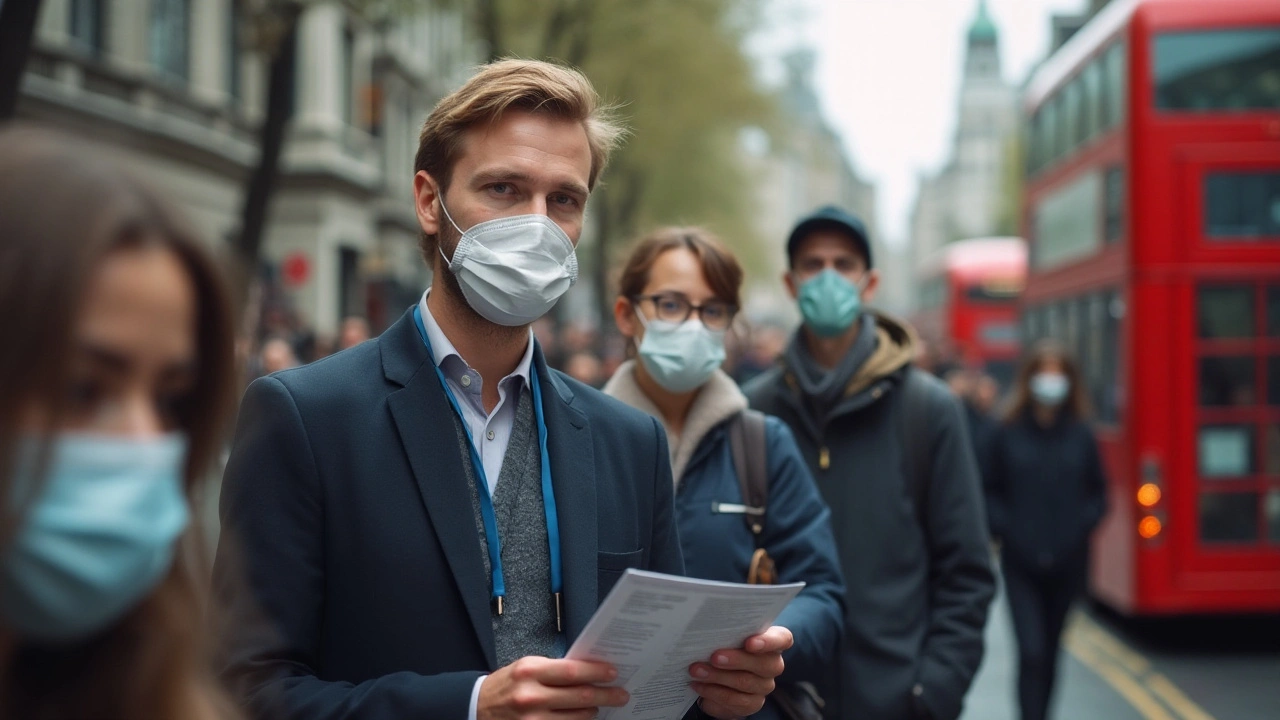Tuberculosis, or TB, is an infectious disease that primarily affects the lungs but can impact other parts of your body too. It spreads through the air when someone with active TB coughs or sneezes. Recognizing the signs early can make a big difference in managing the disease effectively.
The most common symptoms to watch for include a persistent cough lasting over three weeks, chest pain, coughing up blood, fatigue, fever, and night sweats. These symptoms might seem like a regular cold at first, but if they last longer than a few weeks, it’s wise to see a healthcare provider.
Treating TB usually involves a combination of antibiotics taken for at least six months. This long course helps ensure all the bacteria are killed and reduces the risk of developing drug resistance. Not finishing the full treatment can lead to serious health problems and makes TB harder to treat later.
Many people successfully recover with proper medication and medical supervision. It’s important to take all prescribed doses on time and attend regular check-ups during treatment to monitor progress and avoid complications.
Preventing TB is about good hygiene and awareness. Since it spreads through the air, maintaining good ventilation in living spaces and wearing masks around sick individuals help limit infection. If you’re in close contact with someone who has active TB, doctors may recommend preventive antibiotics to lower your risk.
Vaccination with the BCG vaccine is commonly used in many countries to provide protection against severe forms of TB, especially in children. While it doesn’t prevent all cases, it can reduce the risk of severe disease.
Remember, TB is curable and manageable if caught early. Staying informed, recognizing symptoms, and following medical advice can keep you and those around you healthy and safe.
